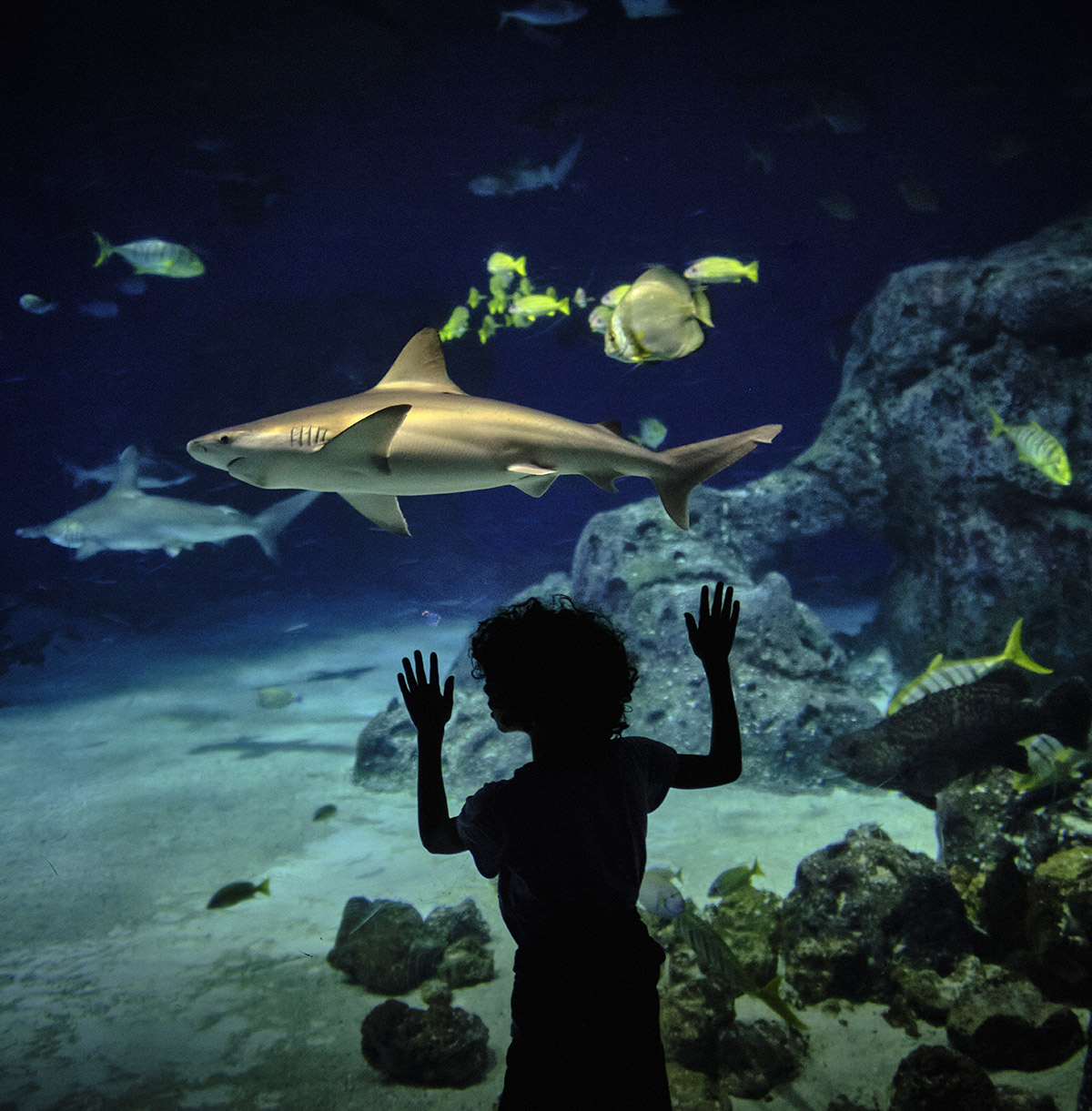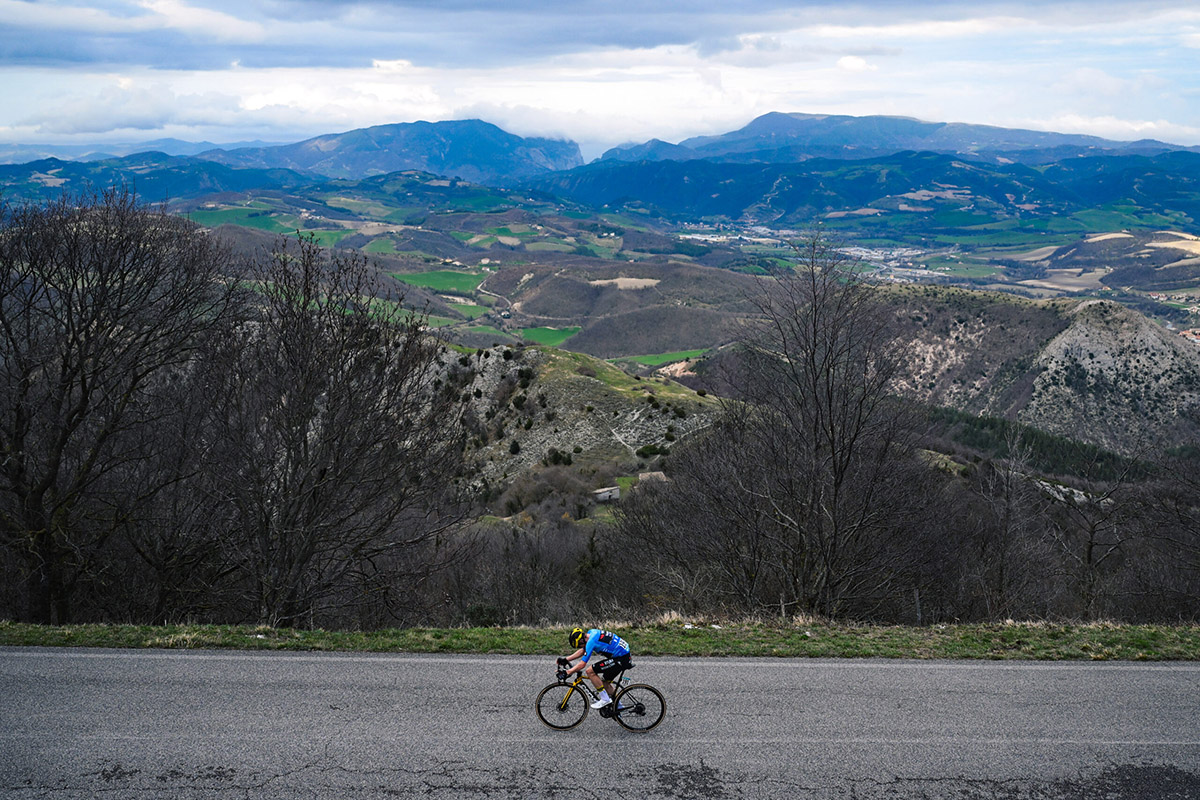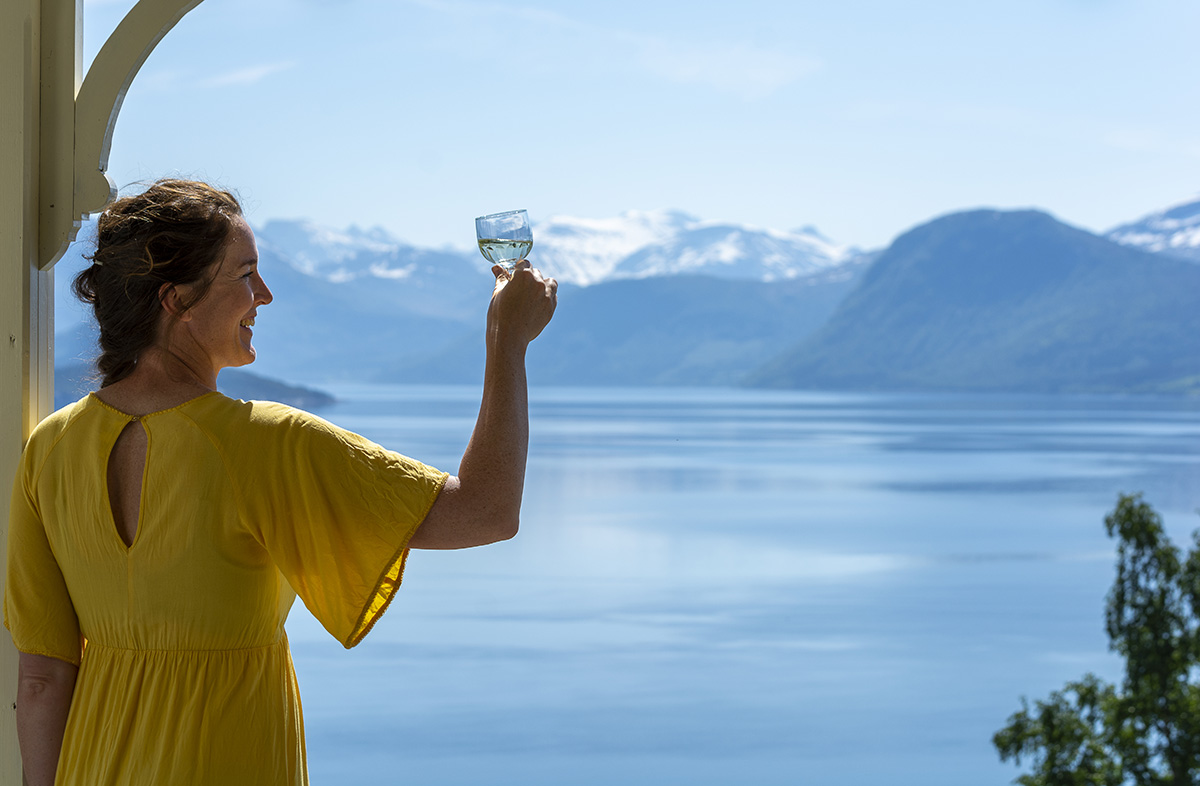Stavanger: Spend your summer on the edge of Norway
By Hanna Margrethe Enger

Norway is often associated with beautiful nature, mountains, and fjords. The Stavanger region delivers on all three, with hiking routes leading to breathtaking views. But it has even more to offer, from surfing to street art and numerous MICHELIN-listed restaurants.
In 2016, RE-NAA in Stavanger became the first Norwegian restaurant outside Oslo to receive a MICHELIN star. Today, the restaurant has two stars while two other Stavanger restaurants have one star, and eight restaurants are listed in the MICHELIN guide.
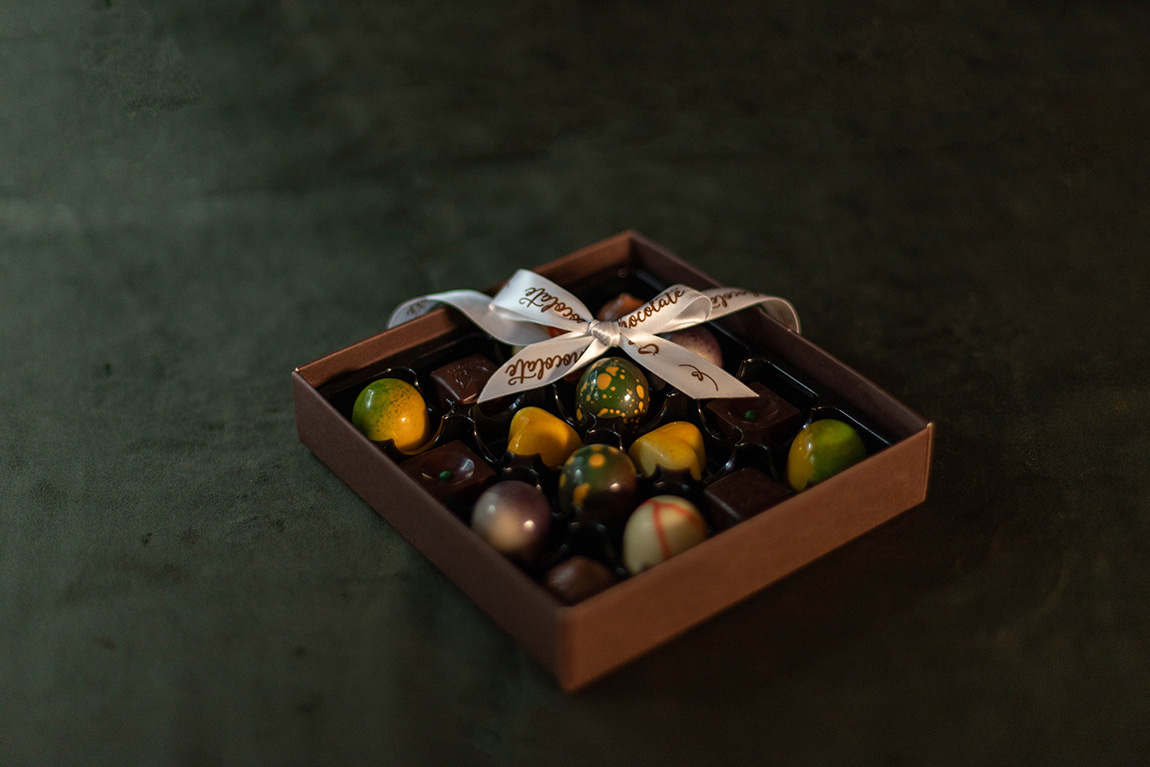
Chocolates from Chili Chocolate. Photo: Hanne Tveit
Part of the reason why Stavanger, a relatively small city with 149,000 inhabitants, is filled with award-winning restaurants, is its climate. It is mild and humid, making it ideal for agriculture. The region also has a long coastline, meaning the fish you eat for lunch has most likely been caught hours earlier. Having top-quality produce so easily accessible is any chef’s dream.
As a result, Stavanger offers an array of cuisines from around the globe, innovative takes on local favourites, and options to suit every budget. For those eager to sample as much of the food scene as possible, the food festival Gladmat is the solution. The four-day festival runs from 26-29 June 2024, with a large part of the city becoming a big festival area. The whole restaurant industry takes part and moves out onto the streets.
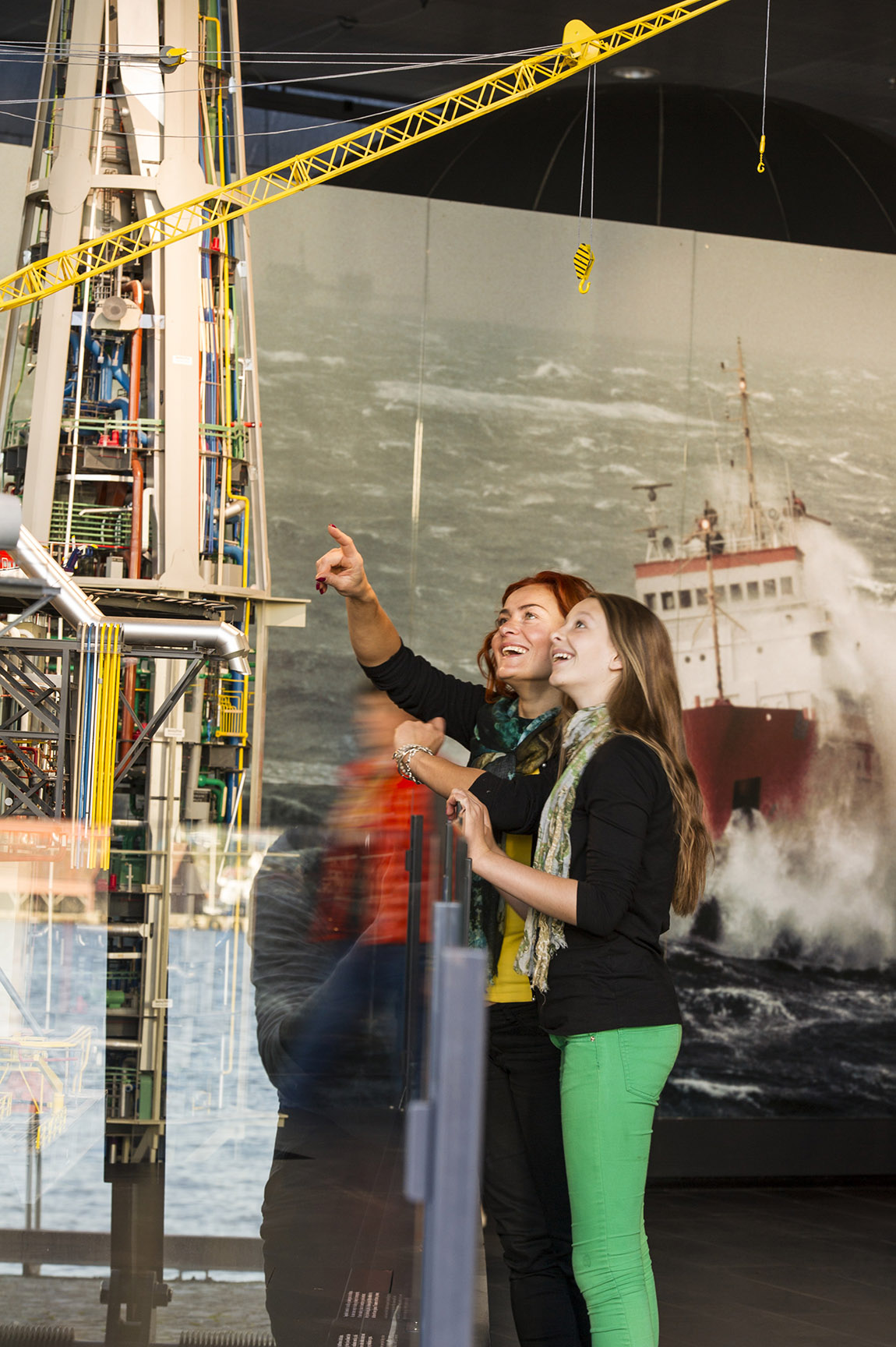
Norwegian Petroleum Museum. Photo: CH VisitNorway
Art, culture and shopping
Art, culture, and shopping can be combined, and Stavanger does it beautifully. One example is Chili Chocolate. This artisan chocolate shop makes all its products in-store, allowing customers the opportunity to see how their favourite chocolates are made.
The building where Chili Chocolate now resides used to be a goldsmith, and one floor up, jewellery is still being made. This is the workshop of Tone Tandrevold, where she makes her jewellery line Charms of Norway. Visitors are welcome.
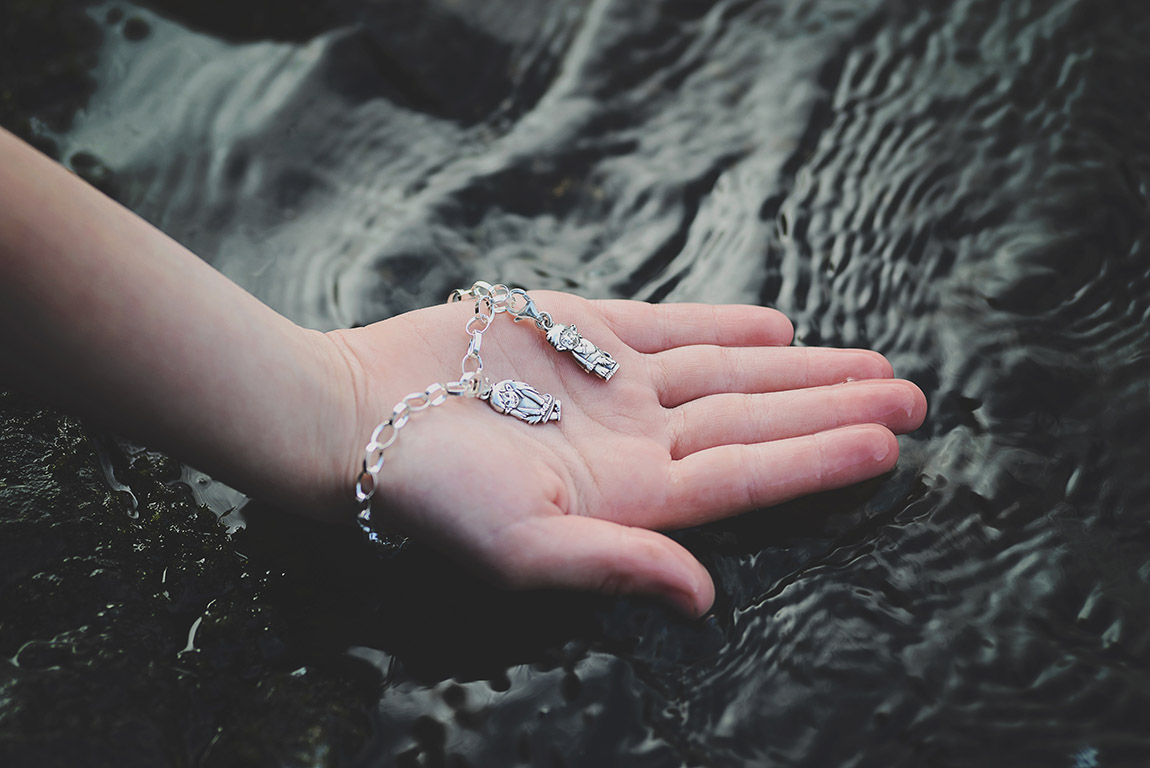
Silver jewellery by Tone Tandrevold. Photo credit: Tone Tandrevold
Øvre Holmegate, also known as the colourful street, is a visual feast for the eyes. It was the passion project of artist Craig Flannagan, who planned the colour combination. An artwork in itself, it is also home to many independent shops and businesses.
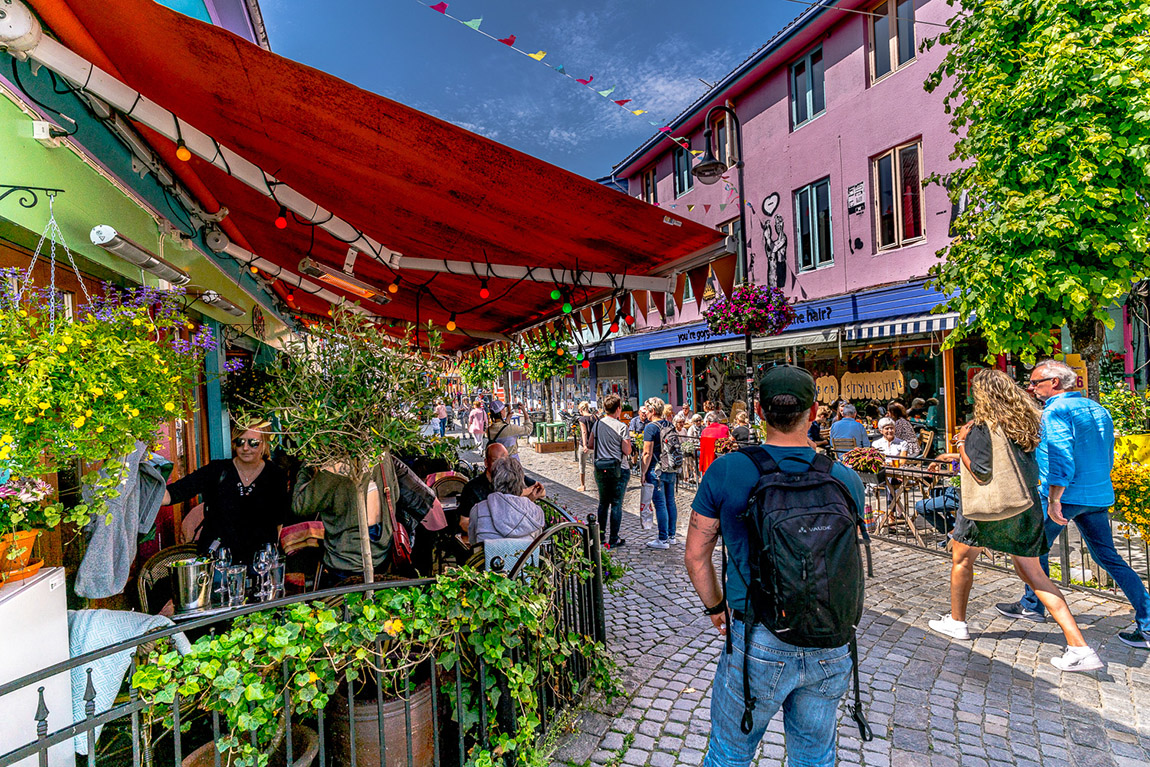
The Colourful street. Photo: Brian Tallman Photography
While wandering through Stavanger, keep your eyes open for street art. The app Google Art & Culture has worked with the street art festival NuArt, listing artworks and where to find them. Some are big murals that are hard to miss, but some are much smaller, only 15-20 cm.
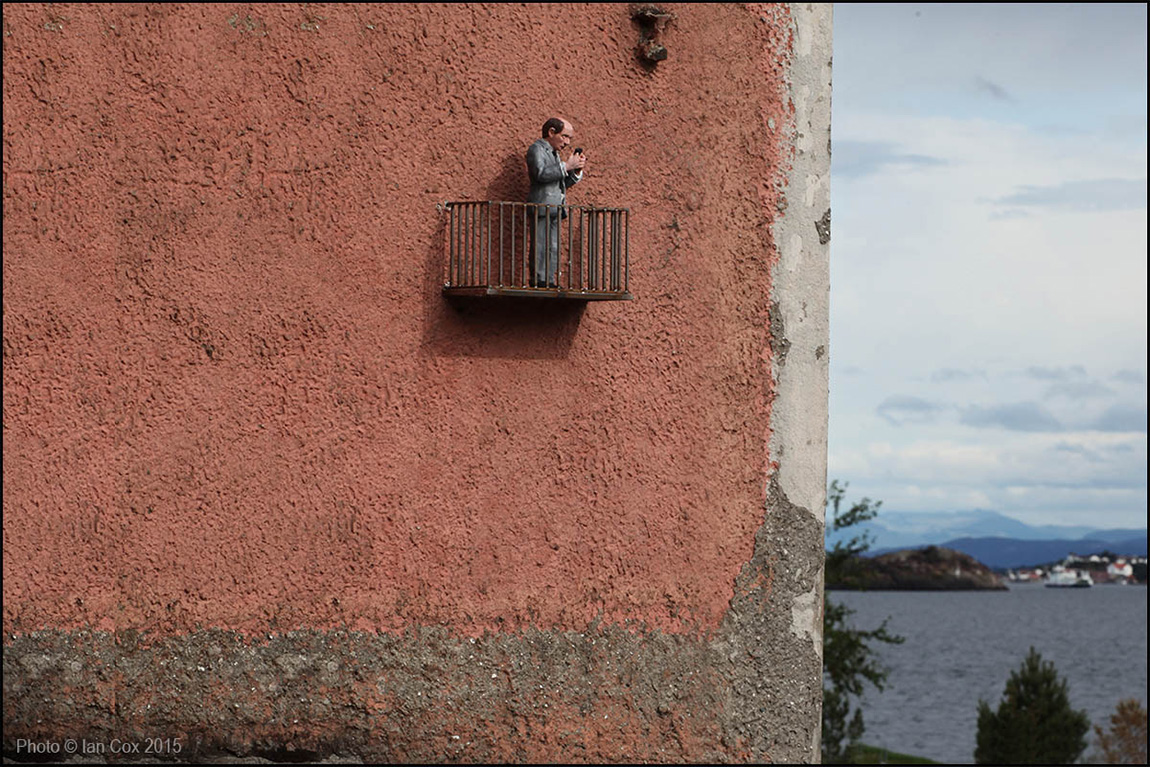
Street art by Isaac Cordal at the NuArt festival. Photo: Ian Cox
Located just outside the city centre is Stavanger Art Museum, with approximately 3,500 artworks. These include tapestries by Frida Hansen (1855-1931), Norway’s largest collection of works by Lars Hertervig (1830-1902), and Kitty Kielland’s (1843-1914) landscape paintings of Jæren.
As Stavanger is the energy capital of Norway, the Norwegian Petroleum Museum is naturally one of the most popular museums in the city. It tells the story of oil in Norway, the good, the bad, and the ugly, but also has an exhibition that takes visitors back 200 million years. Deep Secrets explains how algae living in the sea through geological processes, became the energy we can use today.
Follow in the footsteps of Tom Cruise and NASA
Preikestolen, The Pulpit Rock, is undoubtedly the most famous attraction in the Stavanger region. Even more so after featuring in Mission: Impossible 6.
The views are spectacular and well worth the eight-kilometre round trip, taking four hours. It is classed as a moderately hard hike, and a guide is recommended for those with less hiking experience.
However, being popular comes with a price – it can get quite crowded. To avoid this, an early start is a good idea. Moreover, it is important to be well-prepared and research what to wear and what to bring.
Not everyone is comfortable with heights or can hike. A cruise on the fjord offers a comfortable alternative. It can also be combined with hiking.
Norway may not seem like the most obvious place for NASA to train its astronauts. Nonetheless, Magma Geopark, a place so unique that it has been recognised by UNESCO, has been used as a substitute for the moon when training astronauts in rock sampling. This is due to the fact that the rock here, anorthosite, is the same as on the moon.
Surf’s up
Surfing is usually associated with Hawaii or California, however, Jæren, a large area in the Stavanger region, is well-known for its many beautiful, windy beaches. Perfect conditions for surfing.
Borestranden beach is one of Norway’s best beaches for surfing. It is an excellent place to learn how to surf, and there is no need to invest in expensive equipment. Bore Surf Senter provides everything from surfboards to wetsuits, in addition to lessons for beginners and experienced surfers.
Its proximity to Stavanger, only 30 minutes by car, means it is perfect for a day trip. There are also holiday cottages available for rent by the beach, allowing more time for those eager to really get their surf on.
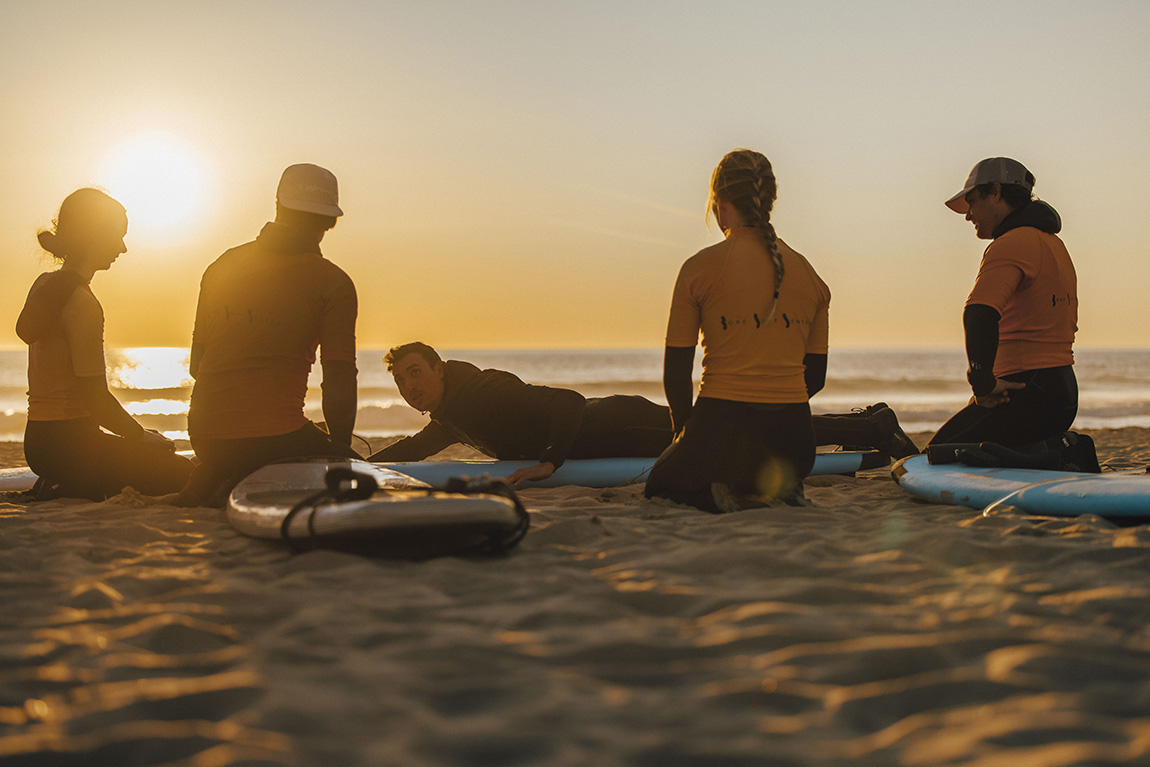
Sunset surfing at Borestranden beach. Photo: Fabelmedia
Web: www.edgeofnorway.com Facebook: regionstavanger Instagram: @regionstavanger
Subscribe to Our Newsletter
Receive our monthly newsletter by email


